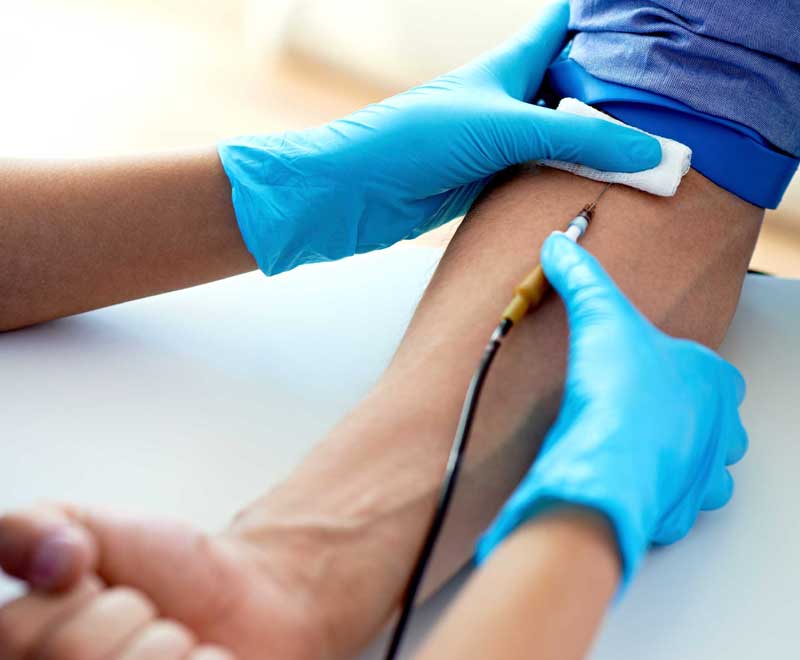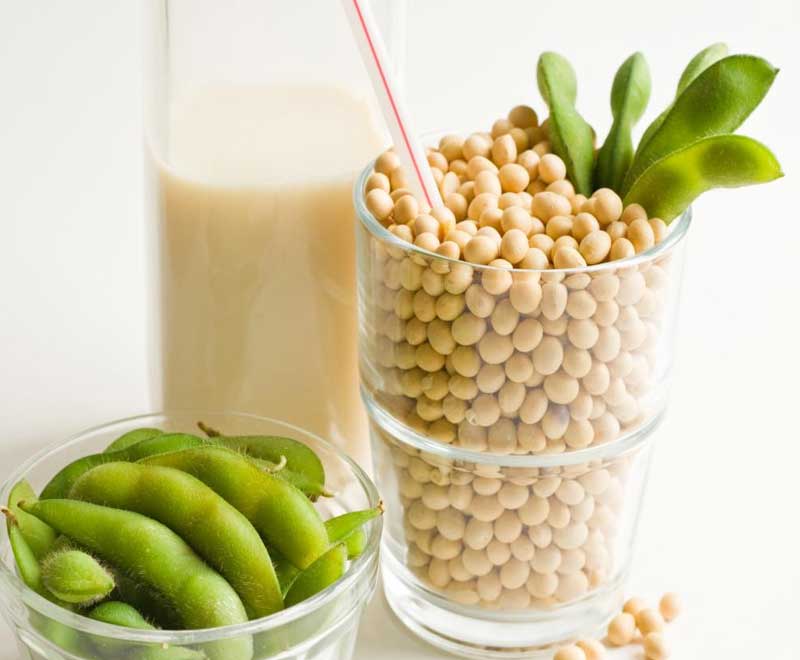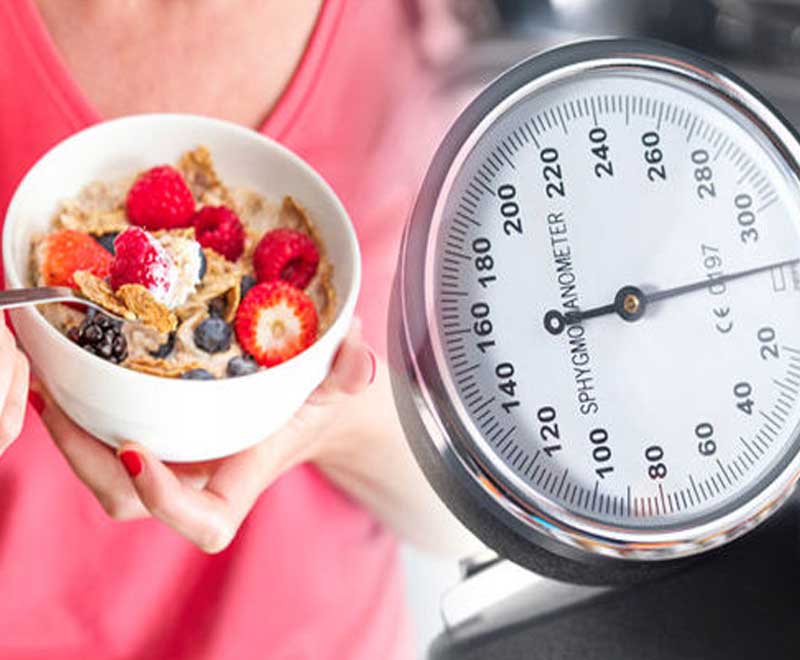
High Cholesterol in Children: Management and Treatment
How is high cholesterol in children treated?
The best way to treat cholesterol in children is with a diet and exercise program that involves the entire family. If changes in diet and exercise do not have the desired effect, medicine might be considered for children older than eight.
Some drugs used to treat cholesterol in children include cholestyramine, colestipol, and colesevelam. Recent studies in children with very high cholesterol have supported the safe use of drugs in the statin class. A child's cholesterol levels should be re-tested after three months of dietary changes and/or medicines.
How can I help lower my child's cholesterol?
The American Academy of Pediatrics currently recommends that children two years and older follow a healthy diet according to the current Dietary Guidelines for Americans. This should include low-fat dairy products. For children 12 months to two years of age who are overweight or obese, or who have a family history of obesity, high cholesterol, or cardiovascular disease, the use of reduced-fat milk is recommended.
You can help lower your child's cholesterol levels by encouraging him or her to do the following:
- Eat foods low in total fat, saturated fat and cholesterol. The amount of fat a child consumes should be 30 percent or less of daily total calories (45 to 65 grams of fat or less per day). This suggestion does NOT apply to children under the age of two.
- The American Academy of Pediatrics currently recommends that children 2 years and older follow a healthy diet according to the current Dietary Guidelines for Americans. This should include low-fat dairy products. For children 12 months to two years of age who are overweight or obese, or who have a family history of obesity, high cholesterol, or cardiovascular disease, the use of reduced-fat milk is recommended.
- Exercise regularly. Regular aerobic exercise – such as biking, running, walking, and swimming – can help raise HDL levels and lower your family's risk for cardiovascular disease.
- Maintain a healthy weight.
- Substitute unsaturated fat for saturated fat. Saturated fat is usually solid at room temperature and comes from animal fats, coconut, and palm oils. Unsaturated fat is liquid at room temperature and comes from plants. Olive oil, canola oil, and peanut oil are examples of unsaturated fat.
Select a variety of foods so your child can get all the nutrients he or she needs. Children and adolescents at higher risk for cardiovascular disease with elevated LDL values above their target goals are advised to undergo nutritional counseling and take part in regular physical activity.
What are some examples of good foods?
For breakfast: Fruit, cereal, oatmeal, and yogurt are among the good choices for breakfast foods. Use skim or low-fat milk rather than whole or 2 percent milk.
For lunch and dinner: Bake or grill foods instead of frying them. Use whole-grain breads and rolls to make a healthier sandwich. Also, give your child whole-grain crackers with soups, chili, and stew. Prepare pasta, beans, rice, fish, skinless poultry, or other dishes. Always serve fresh fruit (with the skin) with meals.
For snacks: Fruits, vegetables, breads, and cereals make great snacks for children. Children should avoid soda and fruit drinks.
Health News










